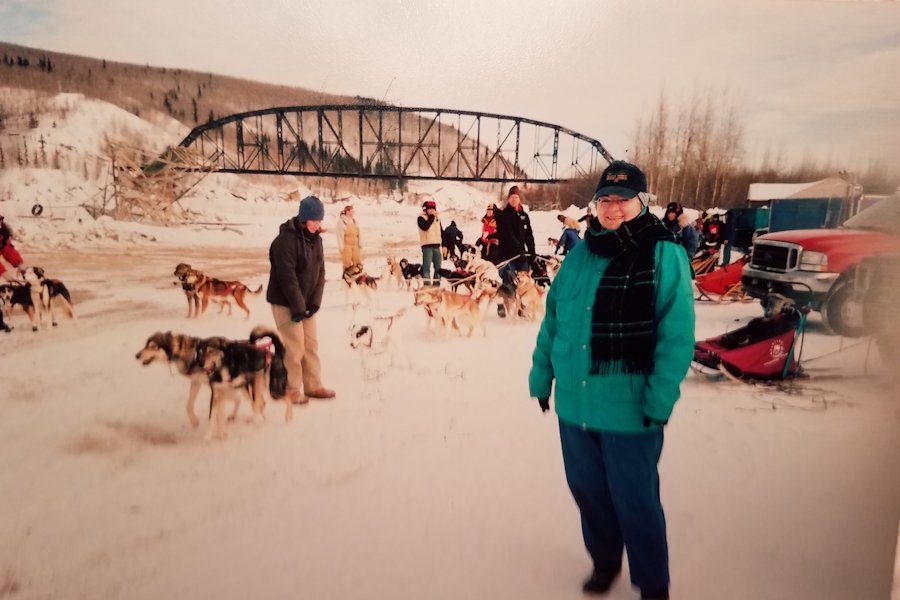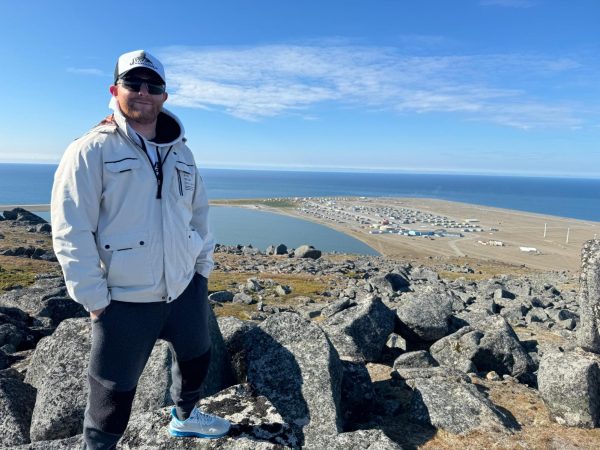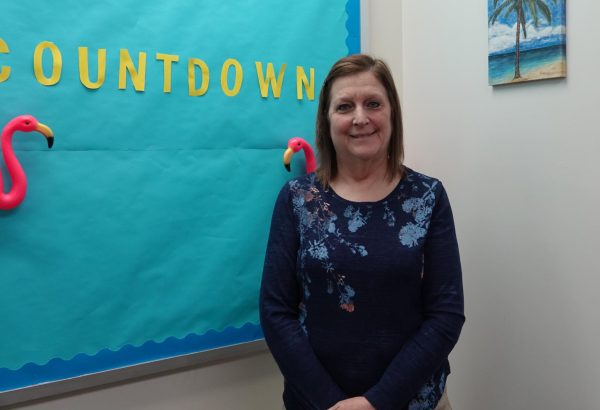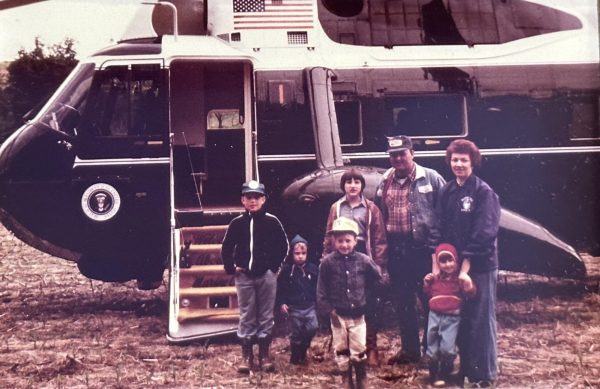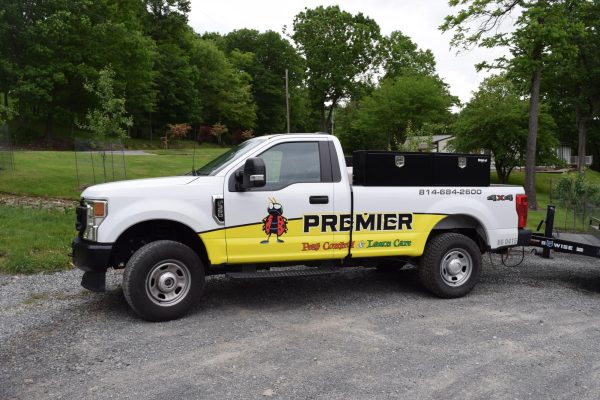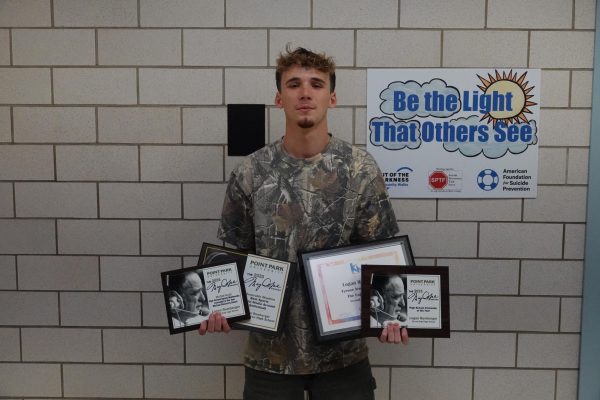Alumni Spotlight: Tyrone Class of ’67 Grad Found Adventure Teaching in the Alaskan Bush
Tyrone Alumni Natalie Dean spent almost three decades working with students all over Alaska
Recently, Tyrone Eagle Eye covered a story about 2012 Alumni Courtland Pannebaker who is teaching Siberian Yupik children on a remote island in Alaska. However, Pannebaker is not the first TAHS Alumni to teach in Alaska. Through a comment which she posted on the article about Pannebaker, Eagle Eye learned that TAHS Class of 1967 alumni Natalie Hoover Dean, was also an Alaskan Bush teacher.
“I worked in the bush from 1979 until 2006, with a few Lower 48 stints to get my M.Ed. (Master of Education) and my Ed.S.(Education Specialist) at Converse College in Spartanburg, SC,” said Dean.
During her career in Alaska, Dean taught at many different schools. “It’s easier to say what rivers or islands [I taught on]. I taught on the Yukon, the Kuskokwim, the Chandalar, the Porcupine, the Nenana, the Tanana, the Koyukuk, the Aniak, Kupreanof Island and finished my last 5 years of teaching in Anchorage,” said Dean.
Moving from school to school, Dean met and taught many different Alaskan Natives.
“Coastal Natives include from north to south: Inupiat, Yup’ik (Gambel Island is Siberian Yup’ik, where Courtland teaches,) Aleut (Aleutian Islands,) Tlingit and Haida. Interior Natives are Athabascan, with many sub-dialects. I taught them all,” said Dean.
Alaska has some very unique challenges which people living in the Lower 48 don’t experience.
One major obstacle Dean encountered was helping her students overcome the loss of fellow classmates.
At a school where she was principal, one of her students was brutally murdered.
“In my first year as a principal, one of my students was murdered on her way home from a basketball game in a neighboring village. She caught a ride with the town bootleggers, who pushed her out onto the river and left her to freeze to death…” said Dean.
Helping her students to overcome such a tragedy was just one time she encountered this challenge. Another time, she had to face a suicide epidemic that occurred in a different village where she taught.
“Having to live through a suicide epidemic in another village where, across 18 months, eight students killed themselves was another horrible experience all too familiar about bush living. We had more funerals than school dances during those two years. It fell to the teachers to figure out how to combat the plague as we were 300 miles west of Anchorage, and we were it for resources,” said Dean.
Dean and fellow teachers had to help support the students and find a way to stop the suicides. She and her journalism students created an award-winning video called Starting Over to help other villages that have problems with suicide epidemics. The entire documentary has been uploaded to the Eagle Eye YouTube page and can be viewed by clicking on the video link in this story.
A different obstacle which Dean faced was trying to protect her cat from eagles.
“The eagle threat was from another fishing village, the Native Tlingit village of Kake on Kupreanof Island in southeast Alaska. We lived right on the bay where hundreds of eagles nested, one homing in a Sitka spruce right above our porch. Neighbors warned us to monitor our cat’s comings and goings because eagles had a history of swooping up cats and small dogs. So, we had to stand guard for each of her daily constitutionals, using a broom as a bird swatter just in case…” said Dean.
Another obstacle which Dean confronted during her time in Alaska was bears. At one school she taught at on Kodiak Island, “bear breaks” were a common occurrence.
“The village is littered with many residential Kodiak brown bears (grizzlies) who frequent the dump for meals and often roam around the school. The last week of school features an elaborate field day, capped off by a Capture the Flag game that pits seniors versus underclassmen. The kids hide the flag deep in the woods beside the school. About an hour into the maneuvers, everyone came piling back into the gym, on a “bear break.” I asked what that meant and they all patiently explained that there were two grizzlies playing with the pole and flag and that they would just “wait it out” like it was a common annoyance. About 20 minutes later, one kid went out and came back with an “all clear” yell. These are tough kids… Dealing with 1200 lb grizzlies is just another day on the playground for them,” said Dean.
Dean also had to deal with tuberculosis epidemics, lack of running water, and extreme temperatures.
Despite all of these hardships, Dean had many positive experiences in Alaska. She enjoyed the adventure, especially flying and working as a camp cook during the summers.
Through these experiences, Dean became very knowledgeable about living in Alaska. Based on this knowledge, Dean has some advice for Courtland and anyone else who chooses to teach in Alaska:
“Embrace the culture and have courage to try everything different. Get to know the elders in the village personally and spend a lot of time with music – drumming circles, hymn sings, Native dances. Walk every day no matter how cold so you overcome your fear of the weather. Show your upbringing. I taught cheerleaders in Ft. Yukon all the TAHS cheers I could remember and we made tams and skirts that had satin lining, just like my squad from the 1960’s. I integrated their foods with my foods, teaching Italian cooking for the year-end mini courses. Caribou lasagna is awesome,” said Dean.
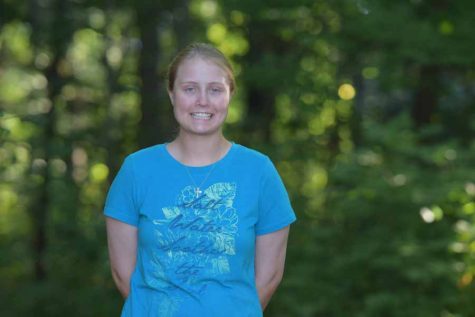
Reading and writing are a big part of the reason senior Taylor Hoover decided to join the Eagle Eye staff team for the first time. She is ready to tackle...



